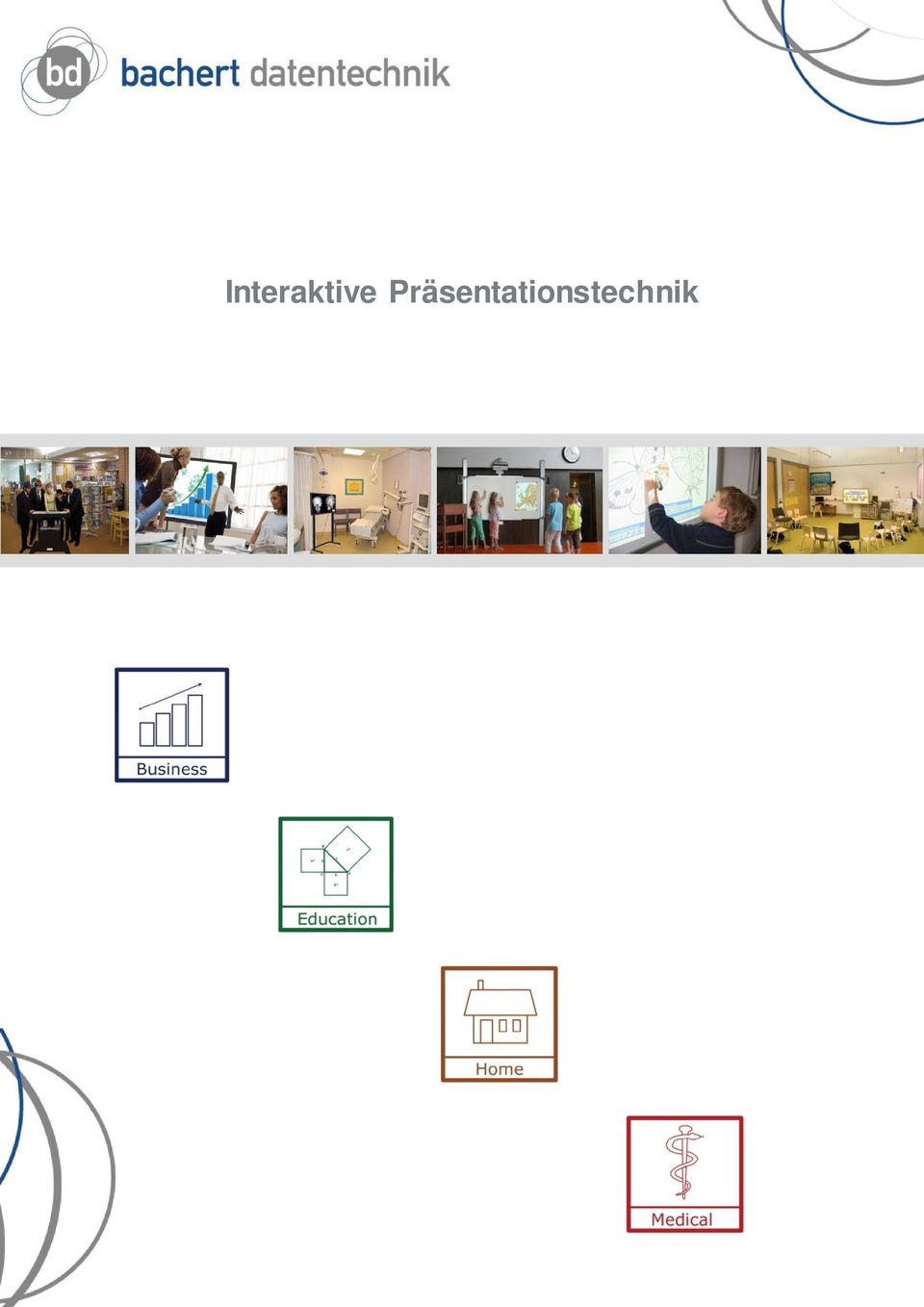
Cleverboard 3 Software
CleverBoard is supplied in 3 diagonal board sizes, 60”, 72” and 92” (wall mounting only), with optional stands available. Click here to be re-directed to the CleverBoard Accessories page Click here to be re-directed to the CleverBoard 2 Downloads page CleverBoard 2.
Our interactive whiteboard testing project is finally getting finished and it's time to wrap up the findings. We have focused on testing the boards' technical usability on linux. Pedagogical usability and deeper analysis of features has not been done as part of this project as we need to first find out which whiteboard models actually work with linux. We may do further testing and comparisons later, though. We had five interactive whiteboard models in test lab: • • • Cleverboard 3 - Separate article will be done a bit later • Cleverboard Dual - Separate article will be done a bit later • The local vendors provided us the test hardware and not all models are the newest ones available. Most manufacturers use the same technology in different models, so the test results from one model often tell a lot about the whole product line. We cannot say anything for certain about not tested models, though.
In linux usability the best were Smartboard and Promethean. Linux support was quite polished and also the physical hardware were convincing. Both have reasonably well packaged software that have more advanced features than the rest. Dymo's MimioTeach was also interesting and it shines in use cases where mobility is a requirement. Overall impression of Mimio suffers from unpolished software packaging and lack of Finnish translation. Cleverboards had quite a few problems mostly caused by unfinished linux software.
Tested features have been compiled in the following table and every whiteboard model has its own article. Feature Cleverboard3 Cleverboard Dual Mimio Smart Board Promethean Hardware status / problem debugging from software No user friendly way. Possible to see from command line if pen movements are received in software. Not possible. Control panel has a list of connected devices. Wireless dongle is listed as a separate device. Hardware information can be seen in control panel.
Hardware information can be seen in control panel. Firmware updates on linux No information No information Yes. Automatic when usb cable is connected.
Asks for update in notification bubble. Update was not carried through while testing.
No information Linux driver implementation No custom module. No custom module. No custom module. No custom module. Requires a custom kernel module. In some cases installation can cause problems. Dualhead support No No Yes, but partially broken.
No clear requirements, in test setup both displays had to have same resolution for software to work. Whiteboard display is selected with space key on keyboard. Whiteboard display is selected by clicking mouse on the right display. Multitouch support No No (only win 7) No Not with tested hardware. Recognises multiple fingers and averages them, no random jumping. Didn't work with tested hardware. ActivInspire seems to have support, but the test whiteboard didn't have pens for testing.
According to the vendor also a firmware update is needed. Software resource usage No problems No problems No problems. Notebook software took at most 60% of cpu time.
When adding multiple images and video latency grows. Calibration Calibration is started from Lynx software menu. Pen doesn't work if Lynx software is not running. Calibration is started from panel's notification area.

Music mp3 download. Calibration is started by pressing a special physical key on the whiteboard. Calibration is started from Smartboard icon in panel's notification area. Upper left corner of the whiteboard has a physical button that starts the calibration. Also panel icon can be used to start the calibration. Response to pen movement Movement lags behind noticeably.